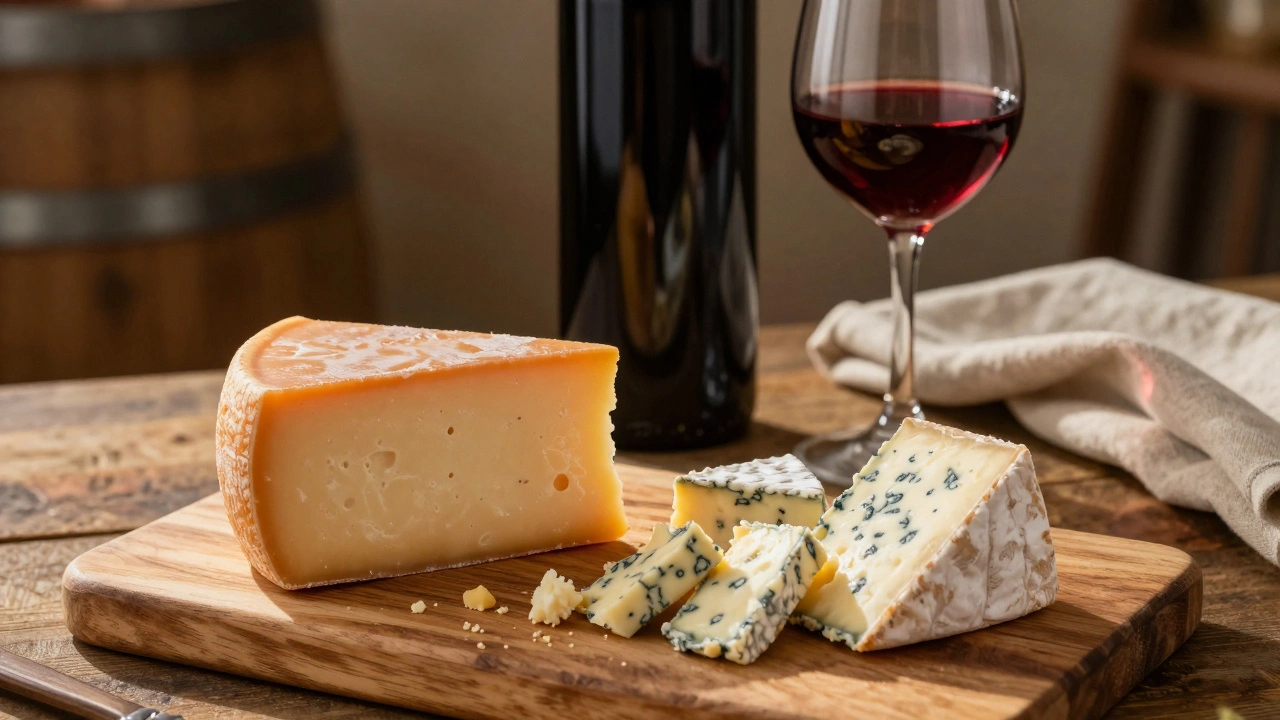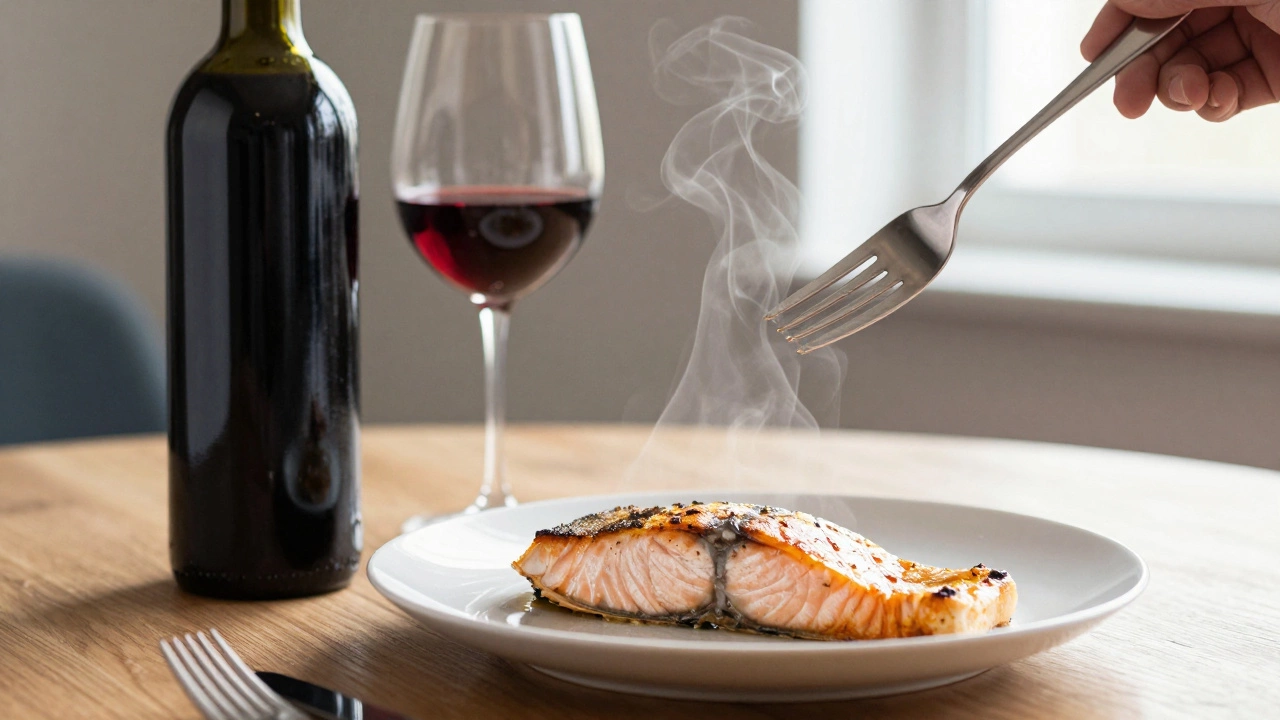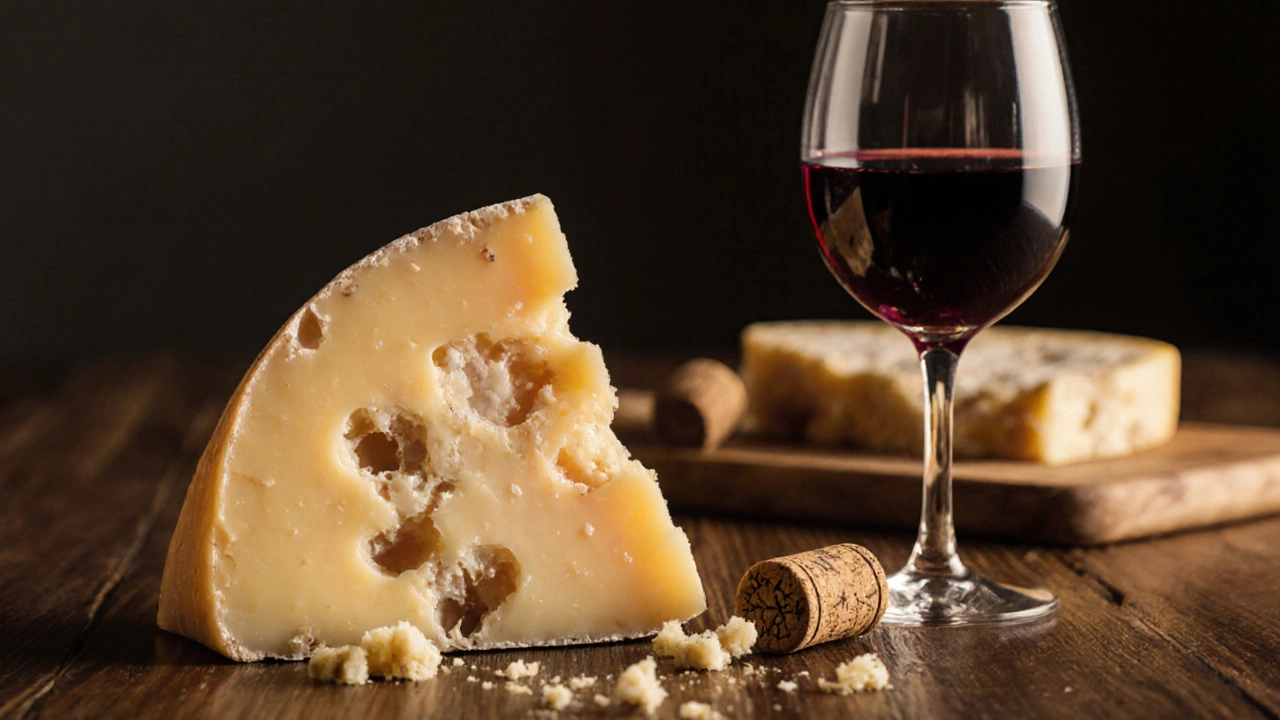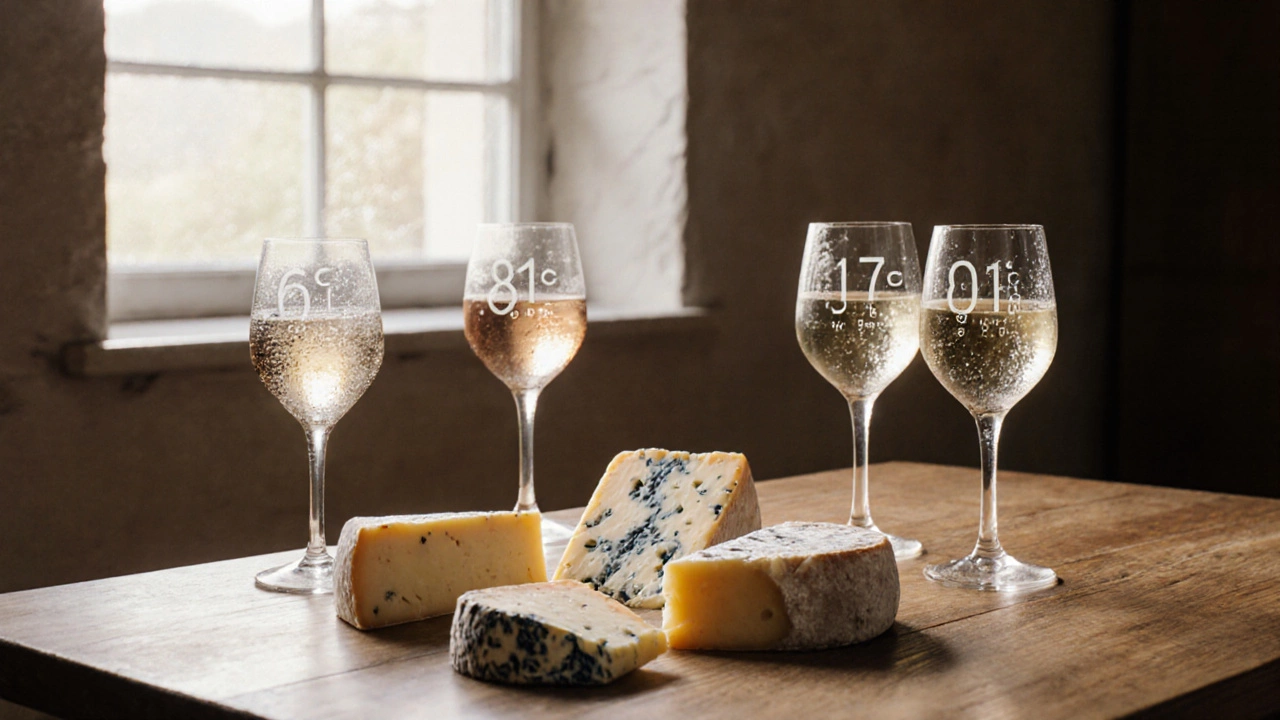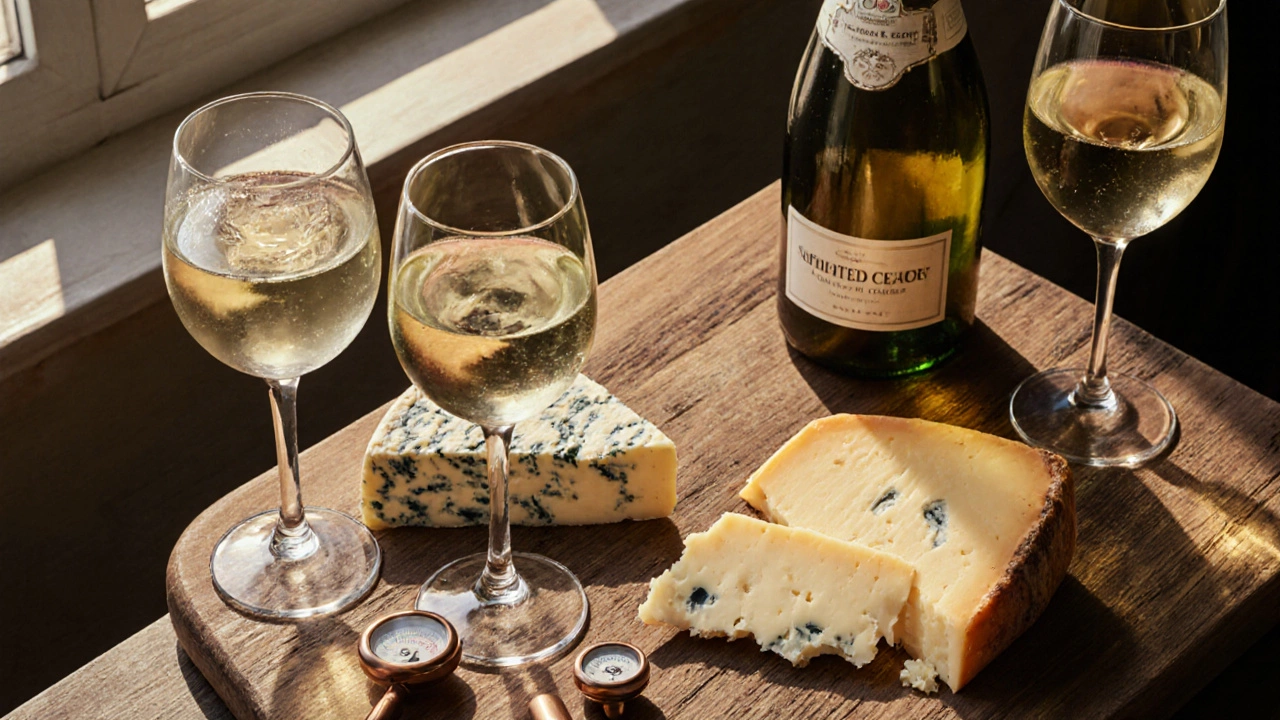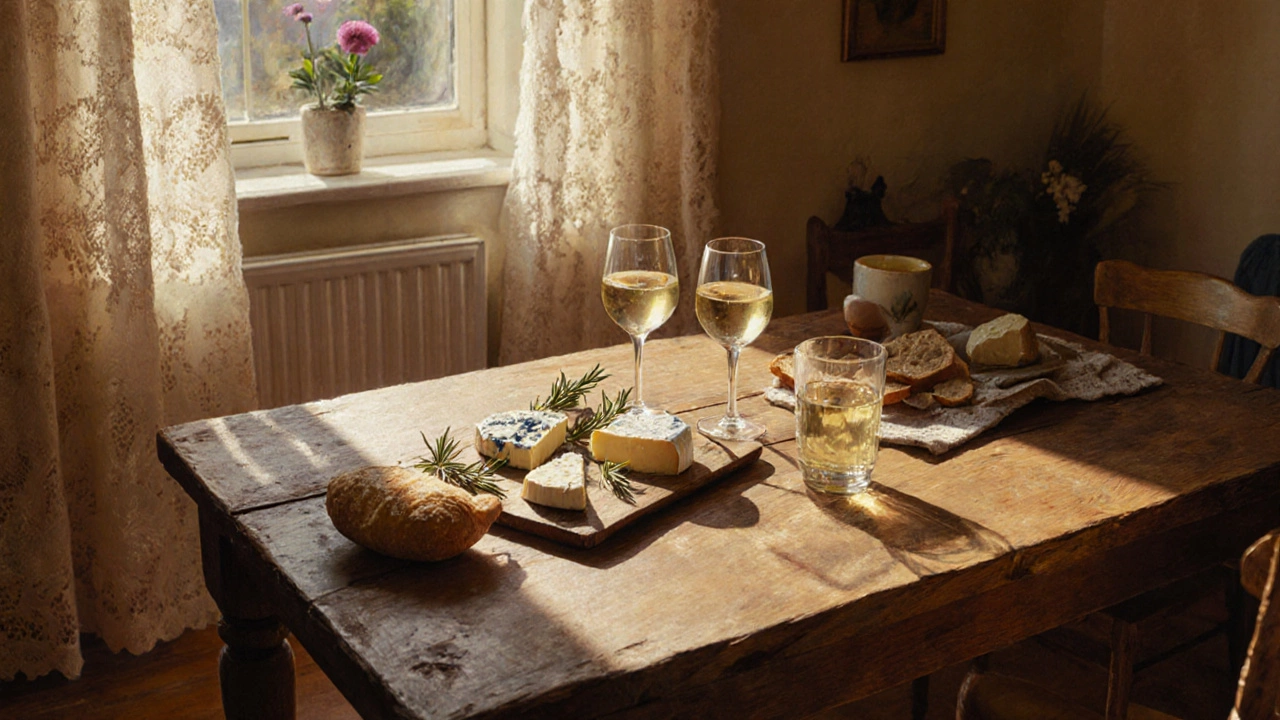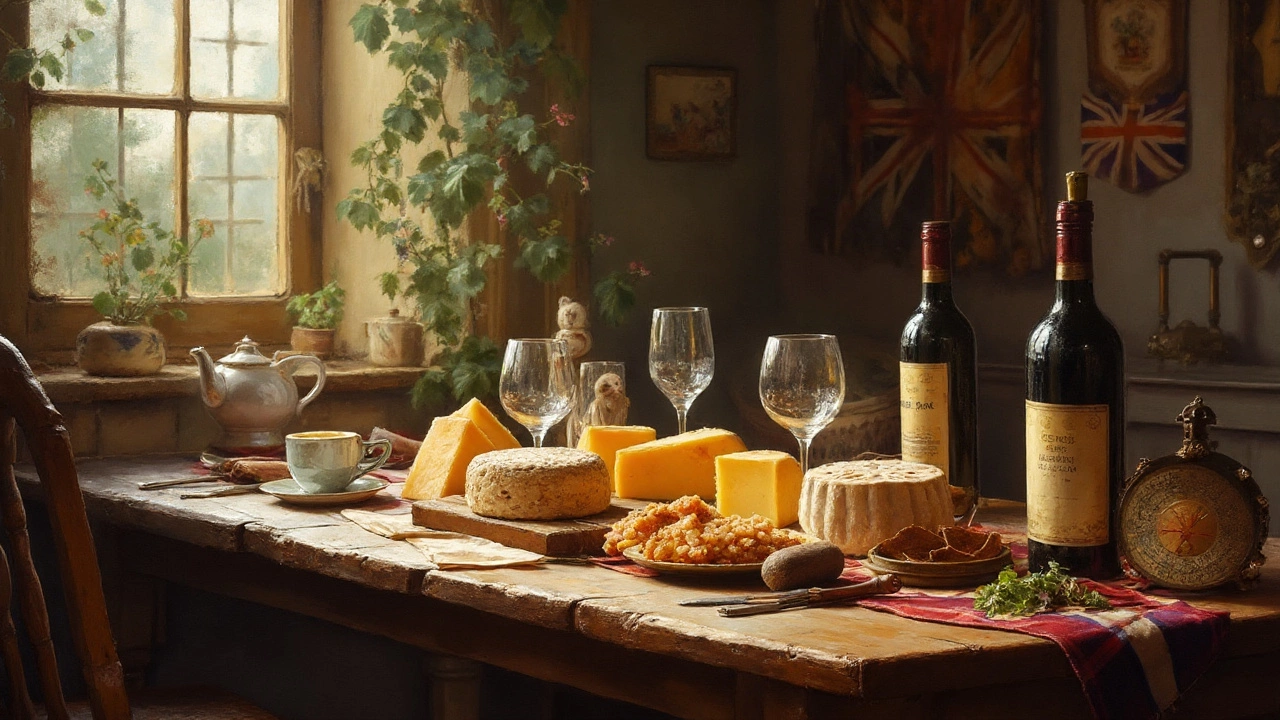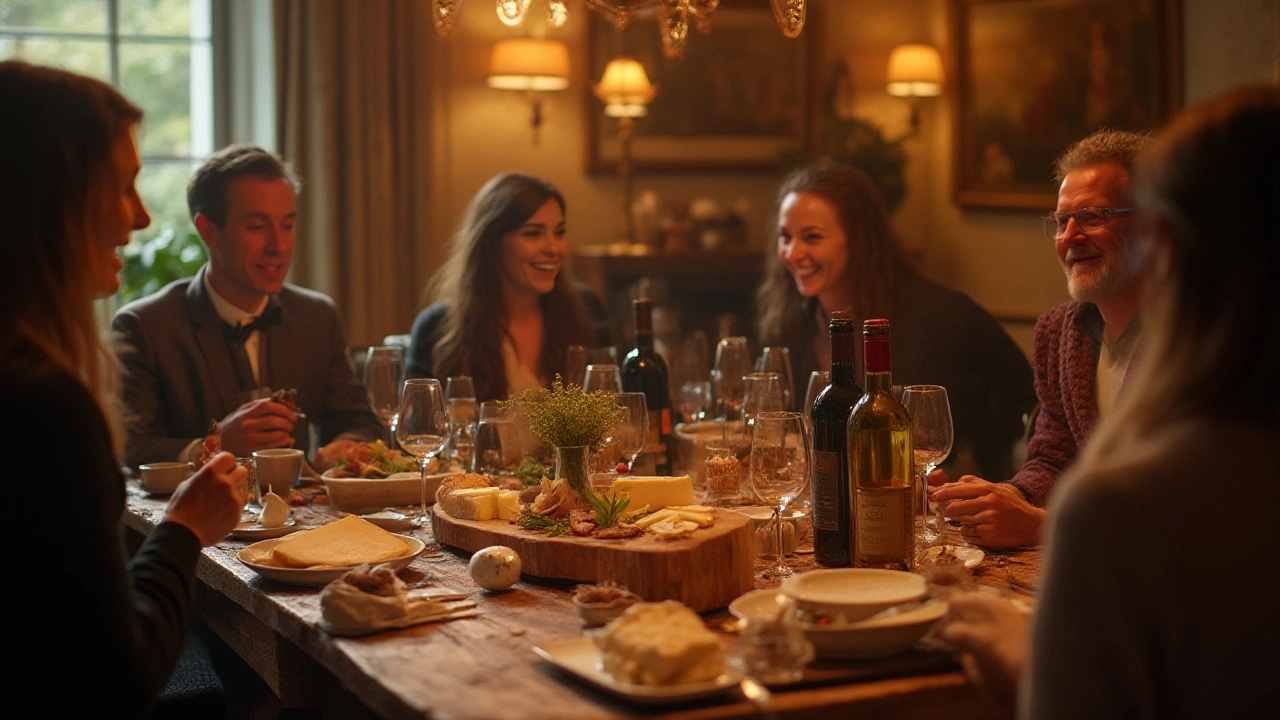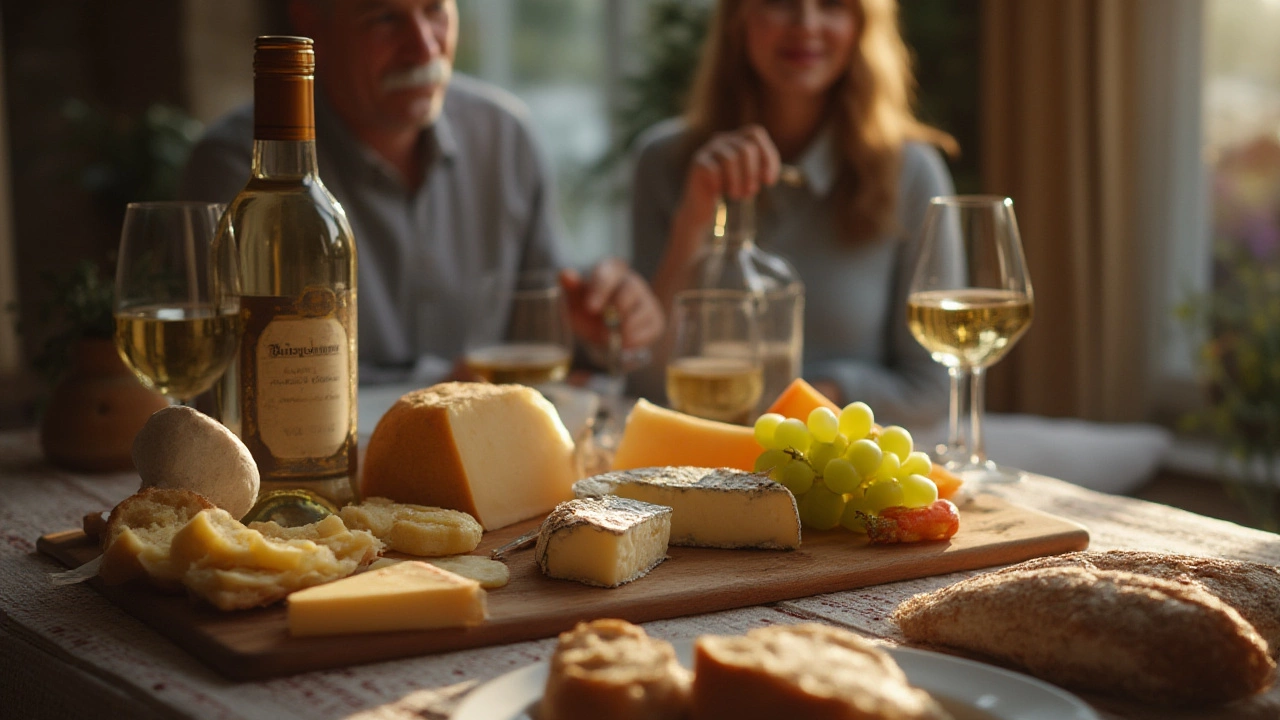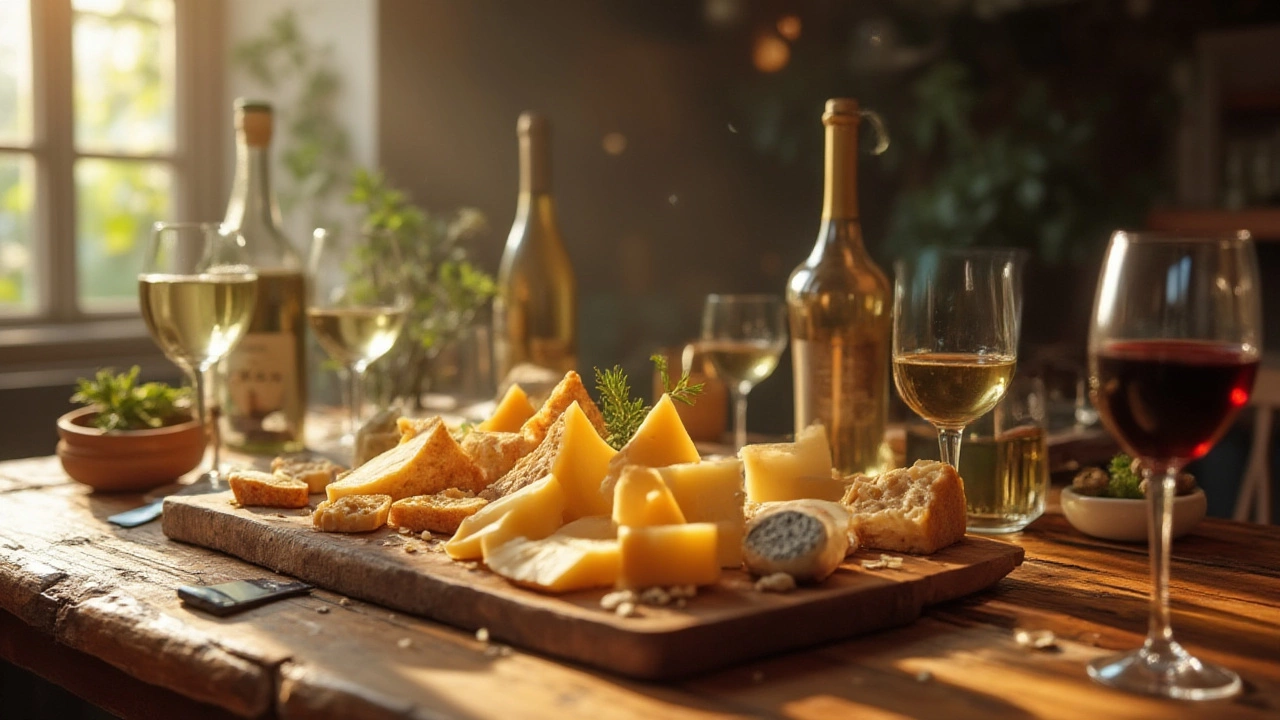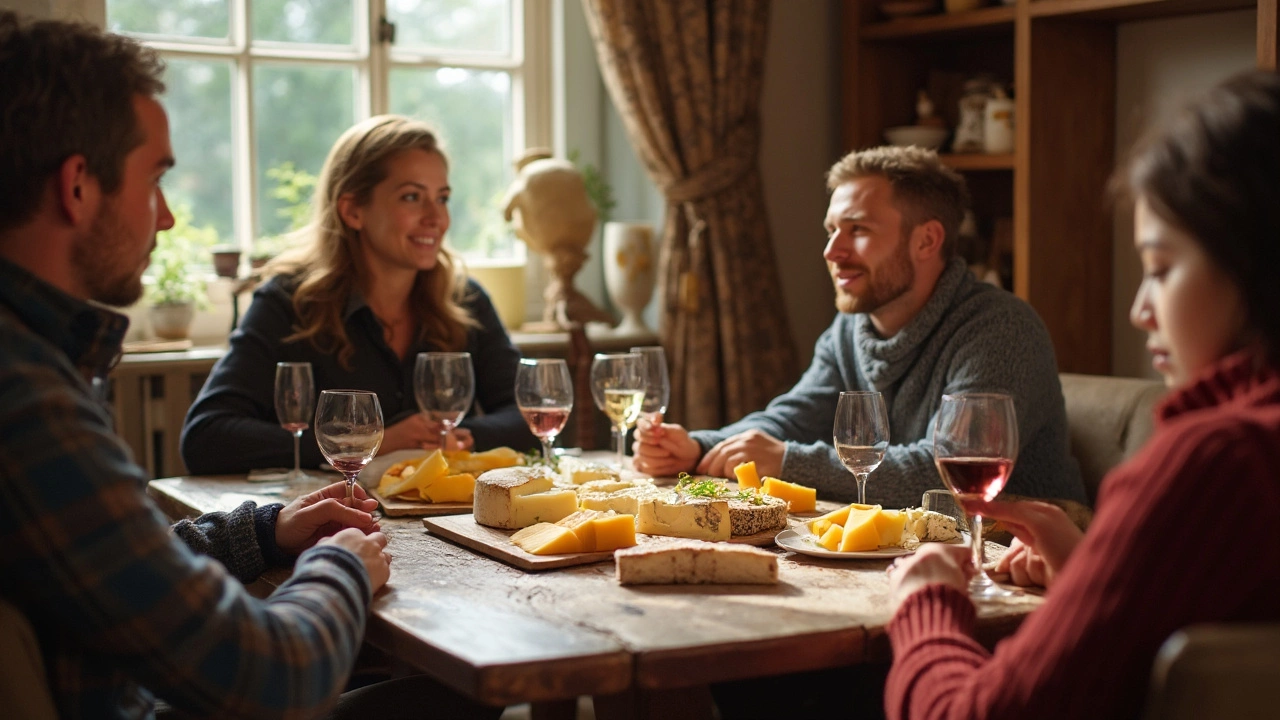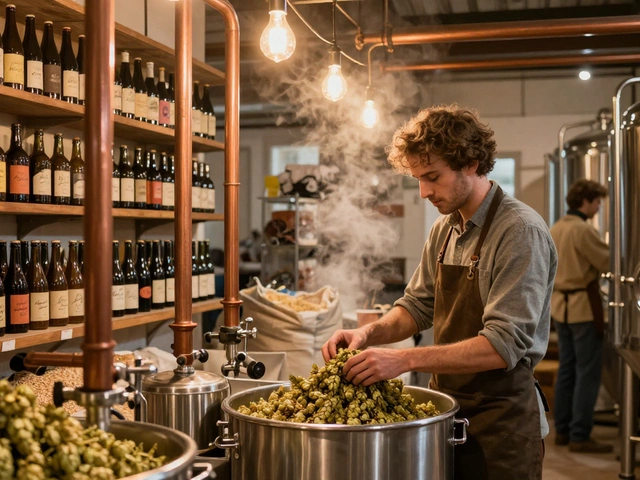Wine and Cheese Pairing Made Simple
Ever stared at a cheese board and wondered which wine actually belongs with it? You’re not alone. The good news is you don’t need a sommelier degree to get it right. In the next few minutes you’ll learn the basics, a couple of clever twists, and how to avoid the most common pairing slip‑ups. Grab a bottle and let’s get tasting.
How to Match the Basics
Start with the three‑point rule: intensity, texture, and flavor. Pair light wines with delicate cheeses, and bold wines with strong cheeses. For example, a buttery Chardonnay loves a soft Brie or Camembert because the wine’s creaminess echoes the cheese’s smooth mouthfeel.
Red wines work best with cheeses that can stand up to tannins. Think aged cheddar, Gouda, or a sharp Manchego alongside a Cabernet Sauvignon or Merlot. The fat in the cheese softens the tannin bite, making the wine feel smoother.
If you’re unsure whether to go white or red, use the “color cue.” White wines pair nicely with white or mild cheeses, while reds suit darker, stronger cheeses. This isn’t a rule set in stone, but it’s a handy shortcut when you’re in a hurry.
Creative Pairings You Can Try Tonight
Ready to impress without breaking the bank? Try a crisp Sauvignon Blanc with goat cheese. The wine’s acidity cuts through the goat’s tang, creating a fresh burst on the palate. Next, give a dry Riesling a go with blue cheese. The slight sweetness balances the cheese’s sharp bite, turning a bold combo into a surprisingly smooth experience.
For a red twist, pair a light Pinot Noir with a mushroom‑infused cheese or a smoked gouda. Pinot’s subtle fruit notes highlight the earthiness of the mushrooms and the smoky depth of the cheese without overpowering either.
Don’t forget the fun factor: a sparkling wine like Prosecco pairs well with most cheeses, especially soft varieties like mozzarella or fresh ricotta. The bubbles cleanse the palate and keep the tasting lively.
Now that you have the basics and a few creative ideas, the rest is trial and error. Keep a notebook, jot down which combos work for you, and experiment with different textures. The more you taste, the quicker you’ll spot patterns and develop your own go‑to pairings.
So the next time you host a get‑together, set out a few cheeses, pick a wine that follows the intensity rule, and add one unexpected match for excitement. Your guests will notice the thought you put into it, and you’ll feel confident navigating any cheese board that comes your way.
Red or white wine with cheese? Neither is better - it's about matching acidity, fat, and intensity. Discover the real science behind the best pairings, from Sauvignon Blanc with goat cheese to Port with blue cheese.
View DetailsAvoid these seven common wine pairing mistakes beginners make-intensity mismatches, wrong wines for spice, outdated rules, and more. Learn how to match wine and food like a pro.
View DetailsWine and cheese pairing isn't just tradition-it's science. Learn which combinations work, which fail, and how to pair them like a pro using taste tests, chemistry, and expert tips.
View DetailsLearn how to properly pair cheese and wine with simple, science-backed rules. Avoid common mistakes and discover what works - from temperature to intensity matching - for real, delicious results.
View DetailsDiscover which white wines complement different cheeses. Learn the science, top wine choices, pairing rules, and practical tips for a perfect cheese board.
View DetailsDiscover the ultimate cheeses for white wine, from buttery Chardonnay matches to crisp Sauvignon Blanc companions. Learn pairing rules, tasting tips, and a handy comparison table.
View DetailsDiscover the fascinating reasons behind the classic cheese and wine pairing, with historical secrets, modern science, expert tips, and surprising flavor hacks.
View DetailsWondering if wine and cheese is best before or after dinner? Unpack the traditions, expert tips, and smart serving hacks to make the ideal choice every time.
View DetailsWondering what cheese goes with chardonnay? Get the inside scoop on perfect pairings, interesting facts, and tips for your next wine night.
View DetailsExplore the tasty world of cheese and wine pairing. Learn if cheese goes best with white or red wine, why, and how to make every sip and bite unforgettable.
View DetailsPairing wine and cheese doesn’t have to be a puzzle. This article breaks down easy, reliable matches between popular cheeses and wines, shows what works (and what flops), and throws in interesting tips along the way. Expect practical advice you can actually use at your next get-together or quiet evening in. Forget the snobbery—discover real combinations that taste amazing together. Wine and cheese are meant to be fun, and you’ll walk away knowing exactly what to serve.
View DetailsThe 3-3-3 rule is a lifesaver for anyone building a charcuterie board, especially when you're feeling overwhelmed by endless choices. This article spells out what the rule is, why it works so well, and how you can use it to make a crowd-pleasing spread without second-guessing every item. I'll break down what you need, offer pairing ideas, and even share a few pro tips for the perfect board. Whether you’re hosting your first wine night or looking to up your appetizer game, this guide keeps things simple, tasty, and stress-free.
View Details